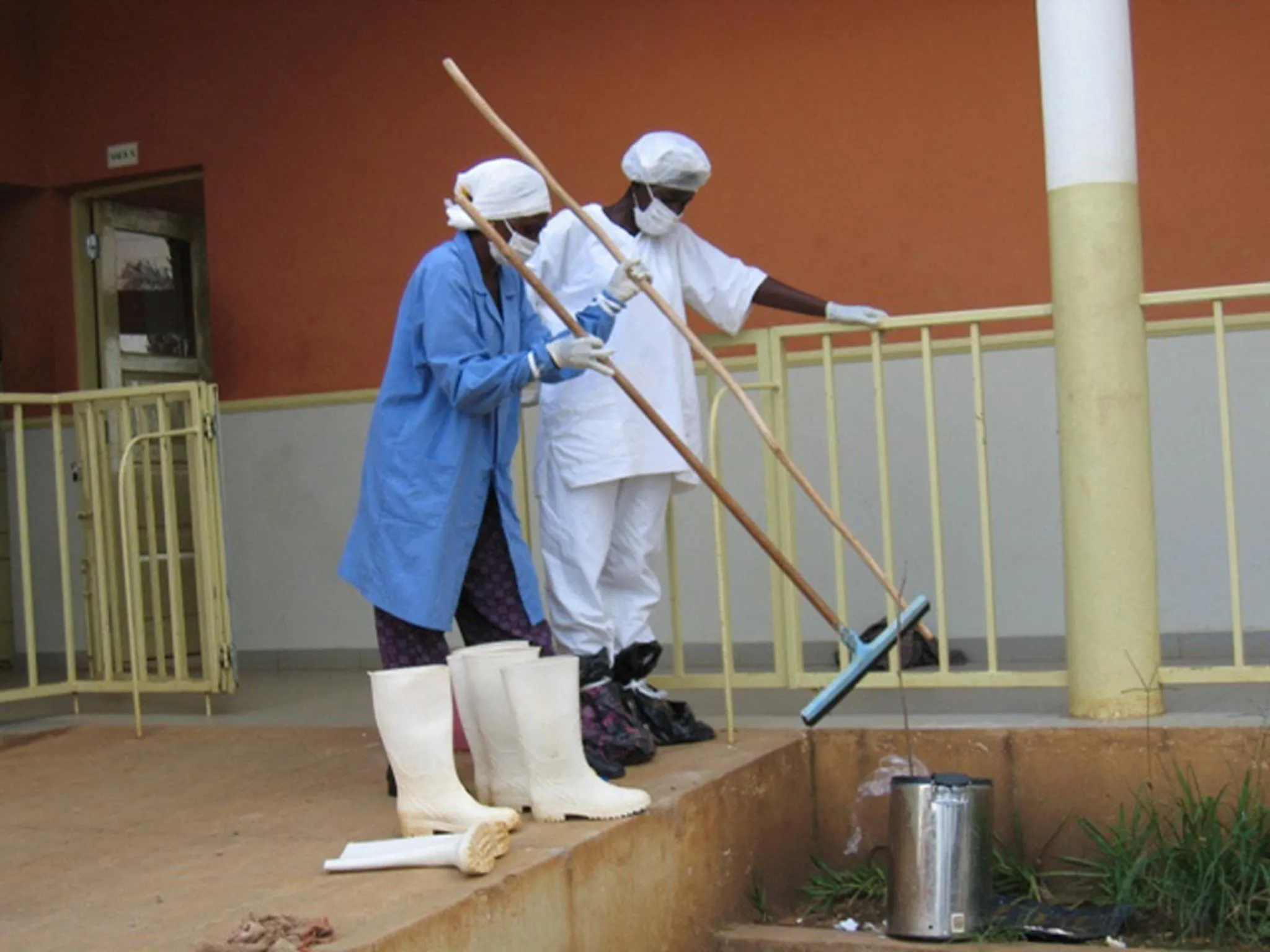Africa CDC Announces Marburg Outbreak in Rwanda Officially Ended
The African Centre for Disease Control and Prevention (Africa CDC) has announced that the ongoing Marburg virus disease (MVD) outbreak in Rwanda is expected to conclude soon.
As of 30 October, Rwanda has not reported any new MVD-positive cases, with the last patient discharged on 8 November, as confirmed by the CDC during a press briefing. By November 29, Rwanda had documented a total of 66 cases and 15 fatalities linked to the Marburg outbreak.
Ngashi Ngongo, a professor of epidemiology and Africa CDC’s principal advisor to the director general, noted that the pivotal 42-day countdown to officially declare the end of the outbreak concludes tomorrow.
“This achievement is primarily due to the swift and coordinated efforts led by the Ministry of Health, in partnership with Africa CDC and several key stakeholders,” Ngongo said.
According to the World Health Organisation (WHO), the “Marburg virus disease, previously referred to as Marburg haemorrhagic
fever”, is characterized as “a severe, often fatal illness in humans”.
Initially transmitted to humans from fruit bats, the virus spreads through human-to-human contact. Currently, there are no approved vaccines available for MVD. Recent outbreaks of the virus have also been reported in Tanzania and Equatorial Guinea, resulting in six and thirty-five additional deaths, respectively, in 2023.
Ngongo emphasized the crucial role played by nationwide surveillance systems that enable early case detection, improved contact tracing, case isolation, and expanded treatment facilities that contributed to controlling the outbreak.
“It is worth noting that due to these interventions, particularly the high standards of care in treatment facilities, Rwanda achieved one of the lowest case fatality rates (sic) at 22.7%, significantly lower than those seen in previous outbreaks,” Ngongo remarked.
In addition, comprehensive awareness campaigns aimed at educating the public on prevention measures were implemented as part of the initiative to halt the virus’s spread.
Concerns over mpox and unknown febrile illness
Simultaneously, the ongoing threats posed by other diseases remain a concern for both African and global nations, according to Africa CDC.
This includes mpox (formerly known as monkeypox), which is currently experiencing an uptick, particularly in the Democratic Republic of Congo and Burundi.
The WHO describes mpox as a viral disease that “primarily transmits through close contact with an infected individual, leading to painful rashes, enlarged lymph nodes, and fever,” which can result in scarring and further illness. The disease is also transmissible from animals to humans.
Typically, transmission occurs through contact with bodily fluids, skin lesions or lesions on mucosal surfaces, respiratory droplets, and contaminated objects.
Since 2022, mpox has spread worldwide, affecting new countries.
In the DRC, 53,109 mpox cases have been reported so far, with approximately 1,251 related deaths. Just this week, there were 2,632 new cases reported, up from 2,549 the previous week.
Progress on mpox vaccinations
Nevertheless, Ngongo, who also acts as the continental incident manager for Mpox at Africa CDC, highlighted the ongoing advancements in vaccination efforts against mpox. Africa CDC has committed to distributing 10 million mpox vaccine doses by the end of 2025.
An update revealed that vaccination for the second dose in the DRC began on 28th November 2024, with 11,000 individuals vaccinated in Tshopo, Sankuru, and Sud Kivu by 19 December.
The Japanese government is set to deliver 50,000 vaccine doses to Kinshasa this week, and Japanese experts are currently in discussions with DRC officials regarding vaccine rollout and addressing logistical challenges, especially in remote regions.
A Continental mpox Response Intra-Action Review (IAR) was convened by Africa CDC and the WHO in Addis Ababa, concluding Wednesday. Participating countries included Burundi, the Central African Republic, Côte d’Ivoire, DRC, Kenya, Liberia, Uganda, Nigeria, and South Africa.
The action plan focused on enhancing resource mobilization, improving data management systems, and expediting vaccination implementation and country support for the hardest-hit nations.




